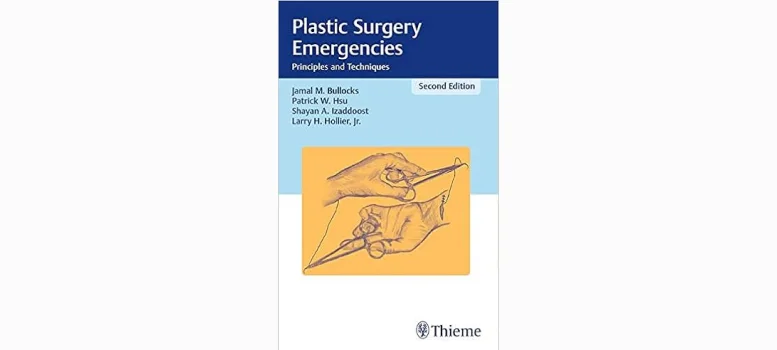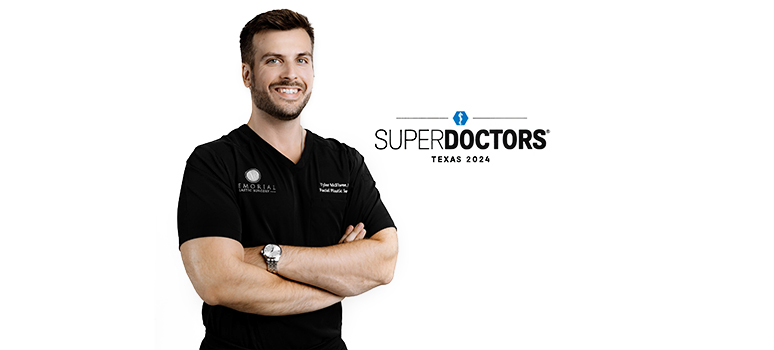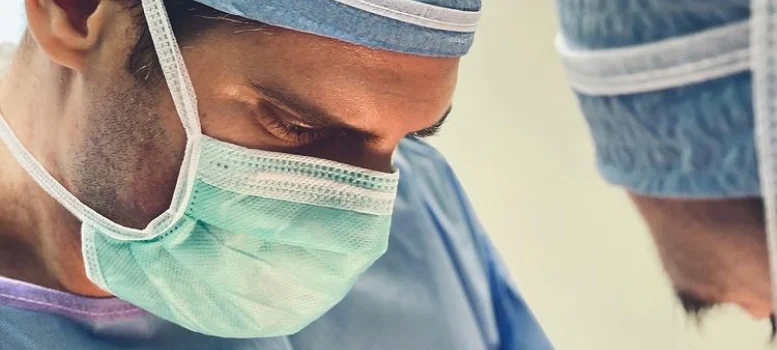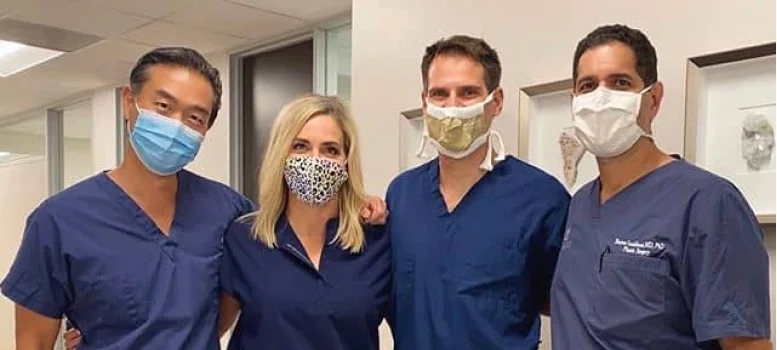After the successful release of his first book, Dr. Patrick Hsu, founder of Memorial Plastic Surgery, has once again co-authored and published the second edition of Plastic Surgery Emergencies: Principles and Techniques.
Plastic Surgery Emergencies: Principles and Techniques Second Edition
An ideal guide for all health care and emergency personnel, Plastic Surgery Emergencies: Principles and Techniques offer the concepts and approaches commonly employed in the assessment and treatment of severe care problems, especially in an emergency room. With brief and clear explanations, it guides its readers through the different protocols used in common and uncommon emergency situations. Specifically, these protocols range from simple suture wound repair to tending compartment syndrome of the upper extremities.
In particular, the new features in the second edition include:
- New chapters about sternal wounds
- Simple and straightforward illustrations showing essential procedures and full-color photos for rapid diagnosis
Dr. Hsu and his co-authors address each clinical scenario and provide accurate figures, allowing readers to understand every situation without difficulty. Moreover, the textbook is pocket-sized, making it a perfect fit for any medical personnel’s lab coat. The textbook is also insightful for non-medical practitioners who may not have the knowledge of providing treatment during emergency situations.
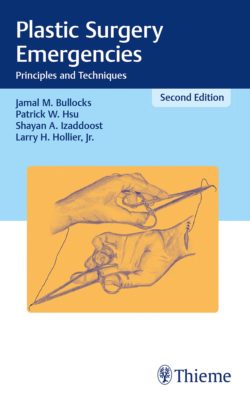
“Plastic Surgery Emergencies: Principles and Techniques was written to safely guide medical professionals through emergencies that require the utmost care and precision,” shares Dr. Hsu.
About Dr. Patrick W. Hsu
- Aesthetic Concerns: Loose skin can lead to visible sagging, jowls, and a less defined jawline, which many individuals find undesirable.
- Reduced Self-Esteem: The visible signs of aging and skin laxity can impact self-esteem and confidence, affecting personal and professional interactions.
- Functional Issues: In severe cases, sagging skin can obstruct vision or create discomfort, particularly if it interferes with daily activities.
- Emotional Impact: Persistent skin laxity can contribute to feelings of frustration or anxiety about one’s appearance, influencing overall well-being.


